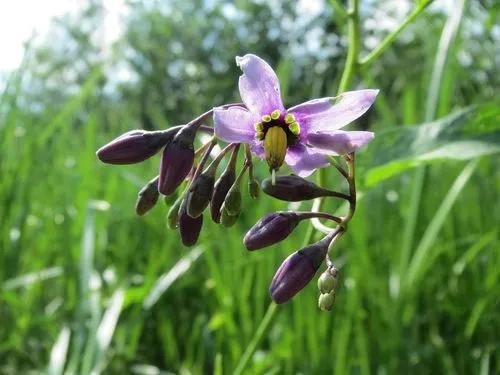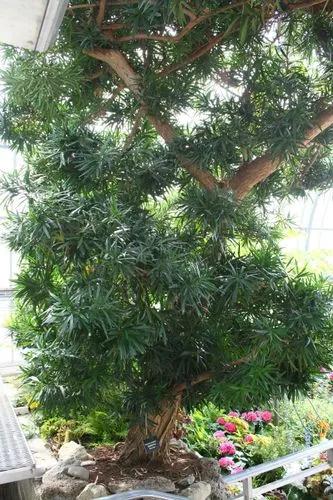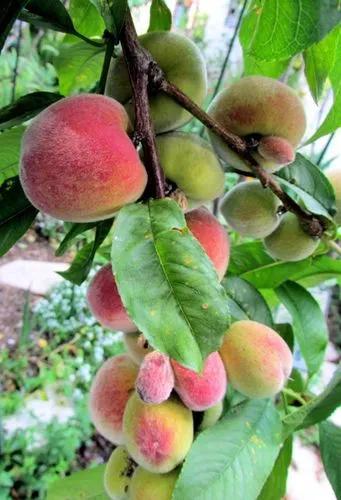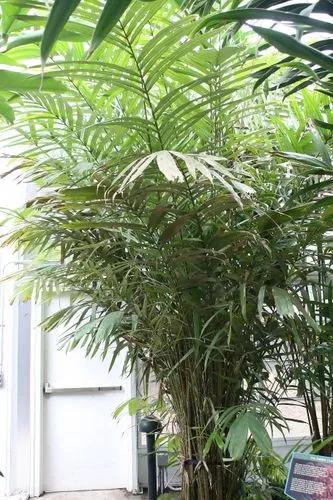Black Sapotes are round, squat fruits that look similar to a persimmon albeit a green version. The skin of a Black Sapote is initially an olive green and it will darken as it ripens and will develop the occasional black speckles. The pulp is white when unripe and turns dark brown to almost black when ripe.
Black Sapote Care
Diospyros Nigra



How to Care for the Plant

Water

Once black sapote trees are 4 or more years old watering will be beneficial to plant growth and crop yields only during very prolonged dry periods during the year. Mature black sapote trees do not need frequent watering and over watering may cause trees to decline or be unthrifty.

Pruning

Formative pruning during the first 2 years may be desirable to encourage lateral branching and growth. After several years of production, it is desirable to cut back the tops of the trees to 12 to 15 feet (3.6 to 4.6 m). Selectively removing a few upper limbs back to their origins (crotches) each year will help prevent the loss of the lower tree canopy due to shading by the upper canopy. In addition, maintaining a smaller tree facilitates tree care and fruit harvest, makes it easier to spray the tree, and greatly reduces possible storm damage.

Fertilizer

For mature trees, 3.0 to 5.0 lbs (1.4–2.3 kg) of fertilizer per application 2 to 3 times per year is recommended. The fertilizer mix should also include phosphate (P2O5) and potash (K2O); use a 6-6-6, 8-3-9 or similar material. Use 2 to 3 minor element (nutritional) foliar sprays per year from April to September.

Soil

Soil. In the landscape, black sapote will grow well in almost any well-drained soil, including sandy soil. It has a good tolerance for slightly acidic soils as well as alkaline soils. In locations with high water tables (much of low-land Florida, for example), this tree is often grown in raised mounds.

Temperature

A black sapote tree prefers very warm temperatures and relatively high humidity, consistent with its native environment in tropical Central America. The tree may perish at temperatures lower than 30 degrees Fahrenheit.

Container

Dig a hole 3 to 4 times the diameter and 3 times as deep as the container the black sapote tree came in.

Additional

Unripe fruit is astringent; may be poisonous to fish Black sapote is a tropical evergreen fruit tree closely related to the persimmon (another common name is black persimmon). While it can grow up to 40 feet tall in outdoor tropical climates, it is often grown as a potted plant—on patios in warmer climates, sometimes as a houseplant in colder regions.

Popularity

83 people already have this plant 14 people have added this plant to their wishlists
Discover more plants with the list below
Popular articles






